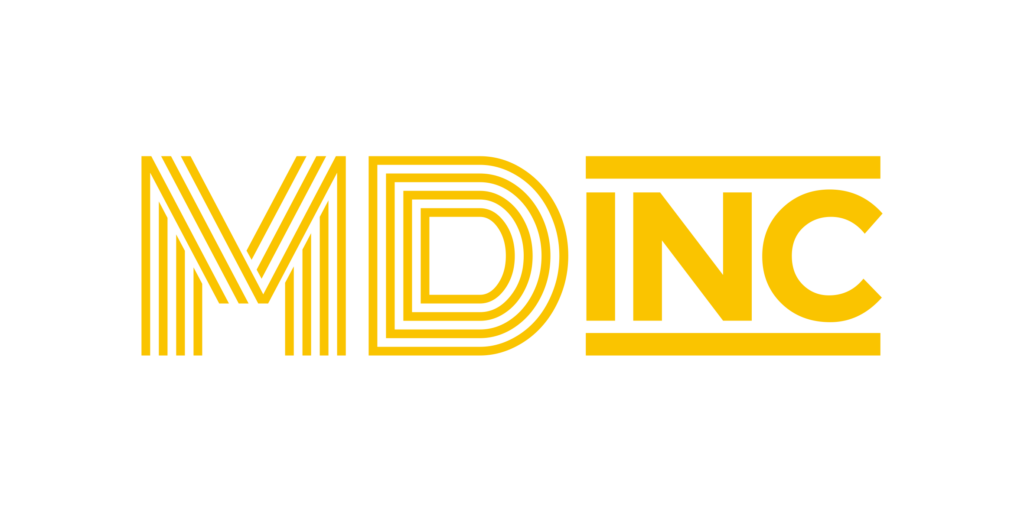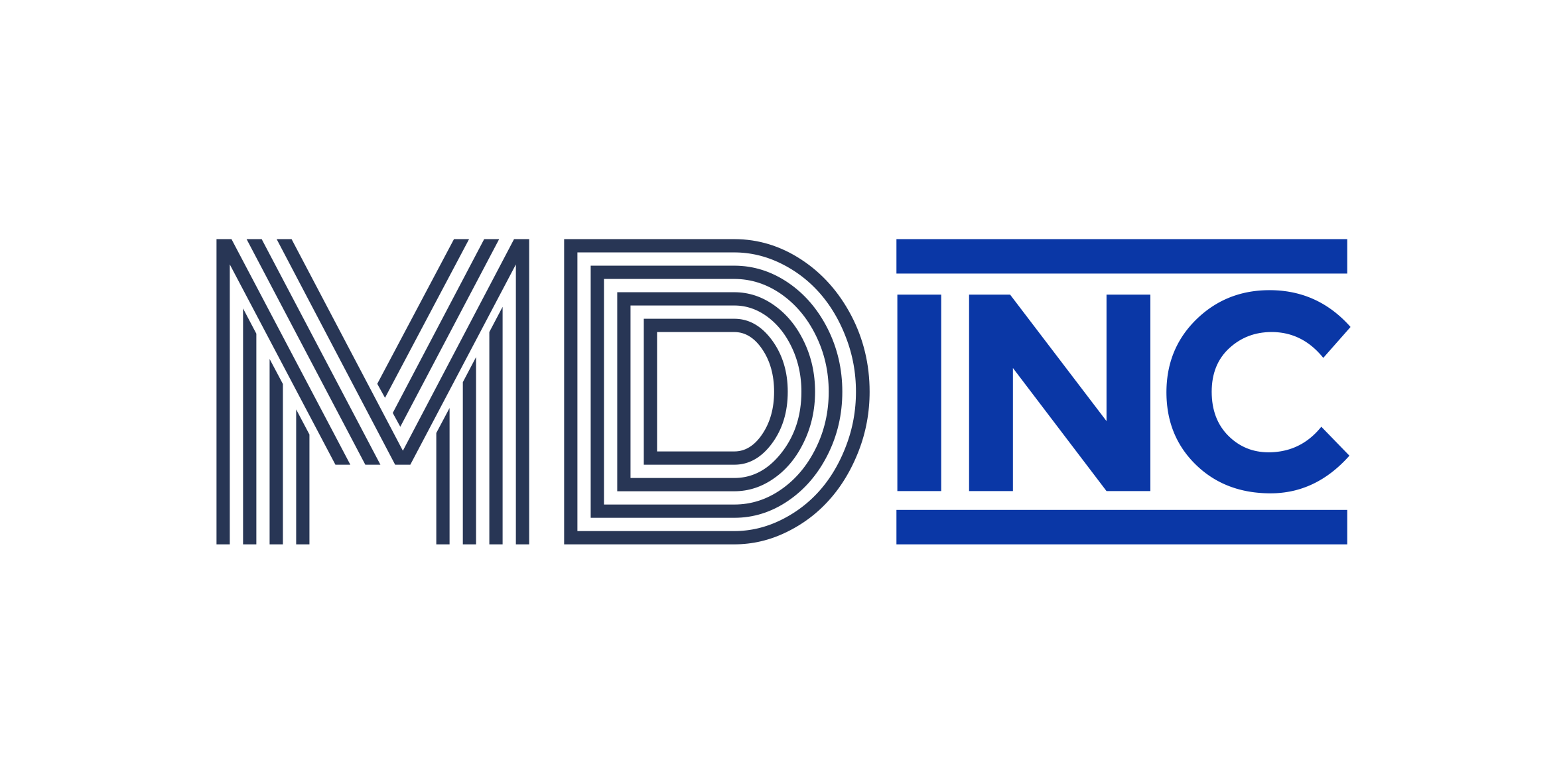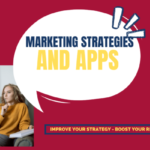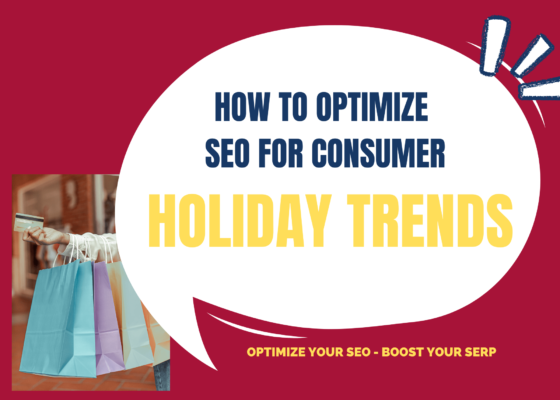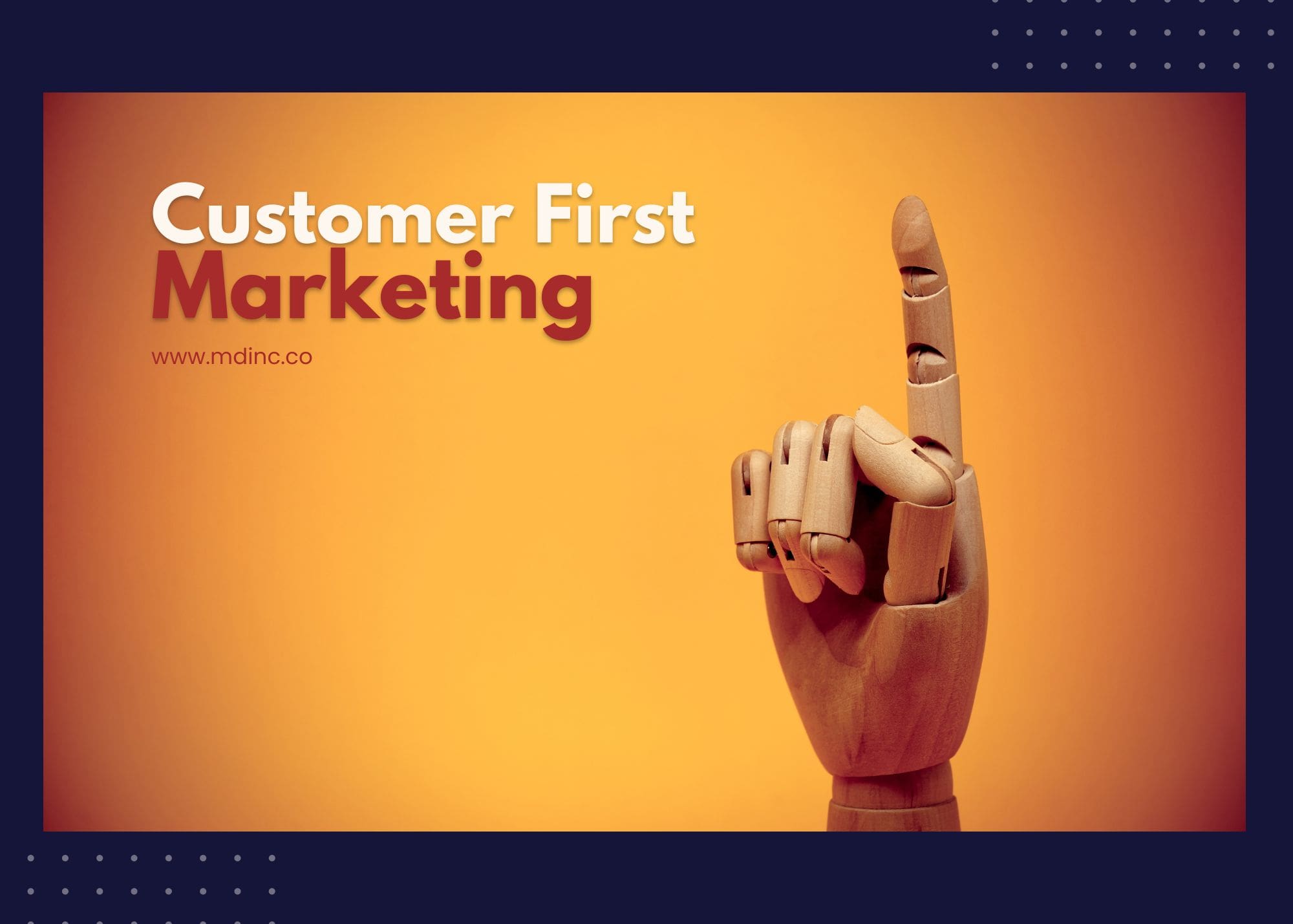Your Guide to Digital Marketing Measurement and Holistic Marketing
Digital marketing metrics are changing, and as they evolve, so should your business’s digital marketing measurement and other analytics. The crux of this new model of taking the pulse of your website’s digital marketing ROI is privacy. Namely, how to safeguard your customers’ privacy so they feel protected while shopping your site and revealing their personal information.
There are a few ways to dive into this, such as using first-party data instead of third-party cookies as well as engaging with conversion measurements, cross-platform analytics, and putting into place supportive, consensual privacy policies.
What Is Digital Marketing Measurement?
Firstly, what exactly does digital marketing measurement mean and what does it involve? Essentially, this is an umbrella term for coordinating and imparting an overall plan for reaching the widest audience you can with your website, gaining exposure, and discerning how to tap into your chosen market.
You’ll quantify your results by determining your digital marketing ROI, which is how much your profits and losses are, effectively gauging the results of your digital marketing plan. This allows you to see what’s working as far as gaining new customers and retaining existing ones based on your present marketing strategy.
It also allows you to see how users are purchasing, when and what they’re purchasing, and which users have buying patterns you can use to create future digital marketing plans.
Keeping tabs of your site’s digital marketing ROI across multiple platforms allows you to get a clear picture of how your marketing practices are performing and how to plan future campaigns that are poised for success.
How to Measure ROI of Digital Marketing
One of the most significant portions of digital marketing measurement comes from measuring your digital marketing ROI. This has a large impact on your business and whether it succeeds or not, so here’s a bit more information about how to measure ROI of digital marketing.
To actually obtain hard and fast data regarding your digital marketing ROI, use this formula: subtract your marketing investment from your company’s revenue, then divide by your overall investment. Now, multiply this number by 100. Voila! Presenting your ROI. To interpret these results, just think: the higher the number, the better your ROI is.
Now, when you’d like less hard and fast data but more visible and quick data extrapolation, this comes from one simple place: your success as measured by these or other metrics:
- How many unique visitors does your site receive daily?
- How long are customers staying on your website?
- What are your sales? Are they all from your website or do you have in-person sales as well?
- How many visitors do you get based on emails, coupons, or sign-up advertisements?
There are many metrics and tools you can use when it comes to digital marketing measurement. The best tools are usually the simplest, but cross-platform analytics work well, too!
SEO Data Measurement vs. SEM Data Measurement
There are many ways to determine digital marketing ROI. No doubt you’ve seen the terms SEO data measurement and SEM data measurement. What do they mean? How do you use them?
SEO – SEO stands for Search Engine Optimization, which of course means how to generate traffic to your site. The upside of SEO is that it’s cost-effective – as in, completely free! The downside is that it can take time to use SEO to your advantage.
SEM – SEM is a bit more hands-on. This is using paid advertisements to generate site traffic. This can give your site a boost when you need it, but you’ll need to use a combination of both of these to produce success.
Both of these are measured by things like page rankings, how fast your pages load, backlinks, organic site traffic, click-through rates, and bounce rates, among other factors.
To learn more about holistic marketing and content providing services, contact MDINC today.
